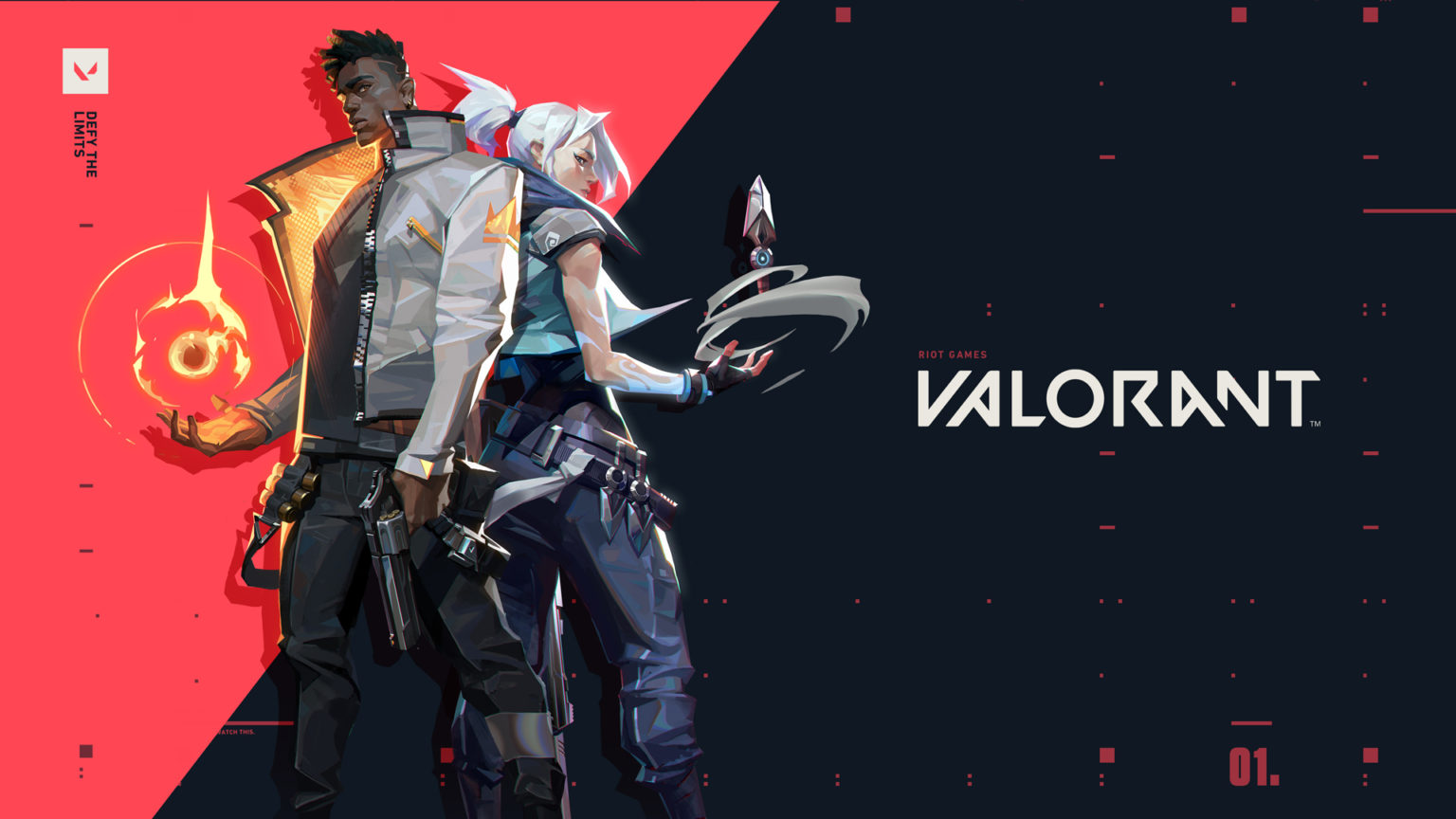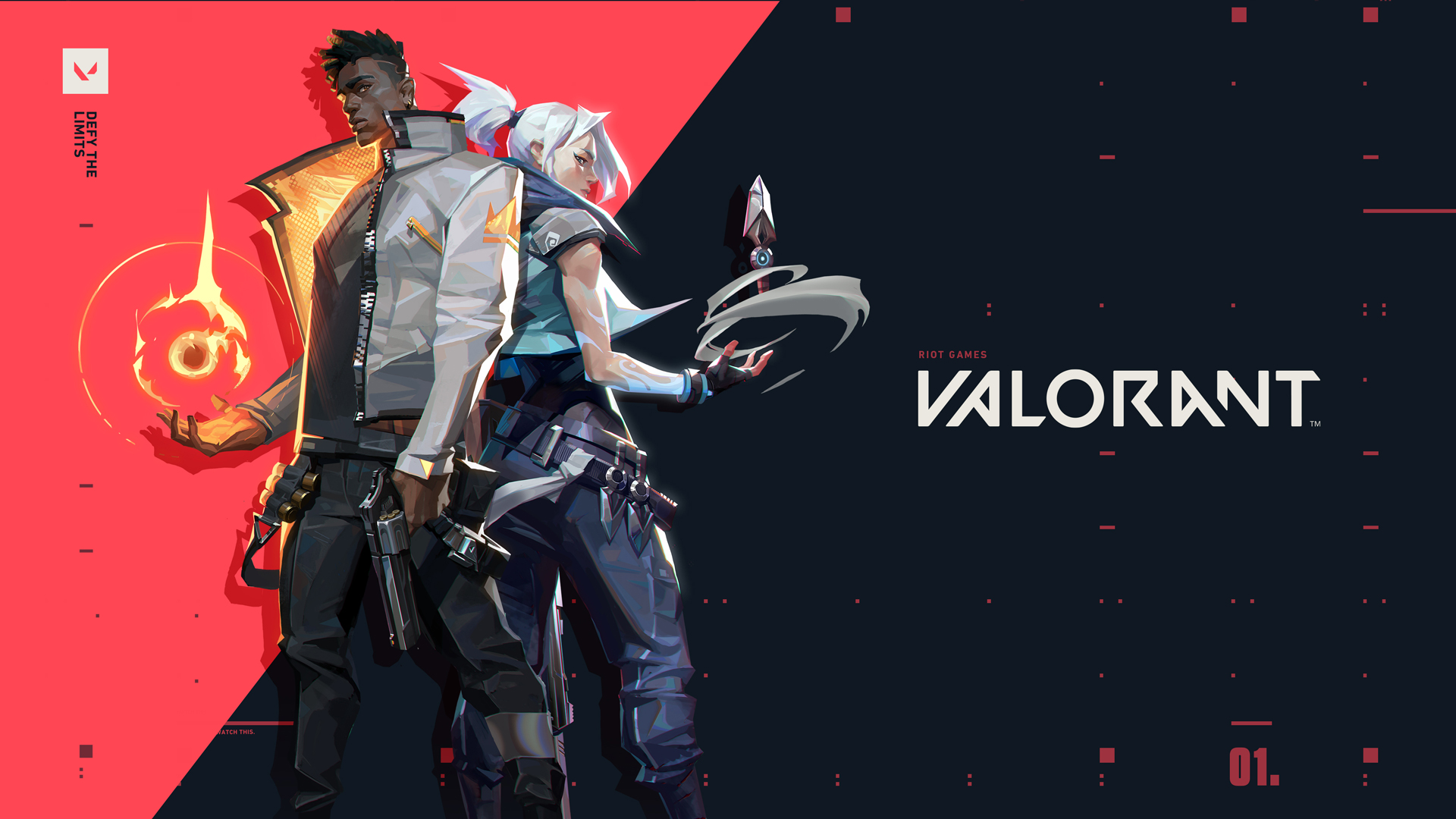Riot Games’ attempt in another competitive video-game genre is rather an interesting take. The first-person shooter (FPS) category is packed with big names from publishers like Electronic Arts, Activision, Ubisoft, and Blizzard. It’s nice to see a new game trying to enter the competitive atmosphere, and the League of Legends studio’s FPS game is called Valorant.
This Overwatch and Counter-Strike: Global Offensive (CS:GO) mash-up takes it to the free-to-play circle. Players do not ‘need’ to spend any money to unlock new Agents as it can be done through grinding. Weapon skins, player cards, and some spray designs are also up for grabs when you progress. Unless if you are the kind of player who just wants everything out of the box, then you need to spend more to get all of them.
Valorant interestingly makes an old type of game feel modern by simply adding two formulas into one.
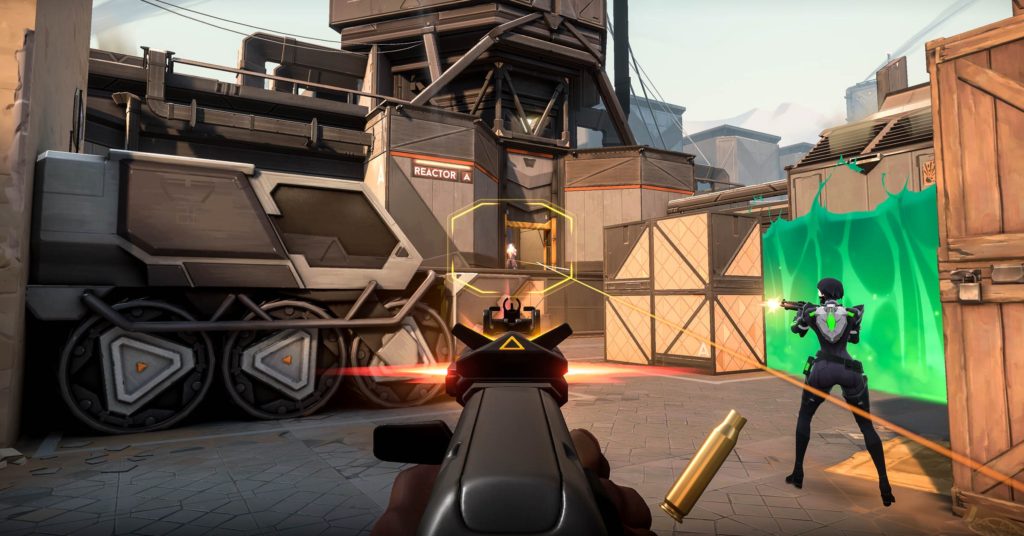
Having solid core mechanics in games like Valorant is one crucial aspect that retains most players who want to be good at the game. Valorant is that. It’s not a type of game where casuals players can hangout like in Overwatch . The player base is full of Counter-Strike veterans who are masters in handling diverse weapons with various recoil and bullet spray patterns. This is not to say that it’s not enjoyable if you’re new. I set out to be a player who didn’t entirely grasp the competitive nature of Counter-Strike; but with my determination of learning its full mechanics and meta, it does open up to new experiences that make every match exciting.
As you begin your competitive journey in the tutorial mode where it teaches you the ropes, the real battle starts when you hit that “Start” button to queue up for a match. Once you’ve teleported in, Valorant then takes you to the character screen and you get to select one specific Agent of your liking.
This is where Valorant is being criticized — following what Overwatch also had. I have read tons of criticisms on Riot Games for “copying” Blizzard’s hero-based shooter, but there is a couple of things to like about its own sets of characters – or Agent, as what Riot calls them.
There are 11 Agents to choose from. Each Agent possesses different kinds of skills that suit every play-style. Are you the trap master type? You will have an Agent that sets up traps and a camera. Do you want to be aggressive and be the player to carry your entire team? Duelists come with powers that blind others and are self-sufficient who don’t need other players for support. Having a variety of characters with unique abilities does keep rounds riveting.
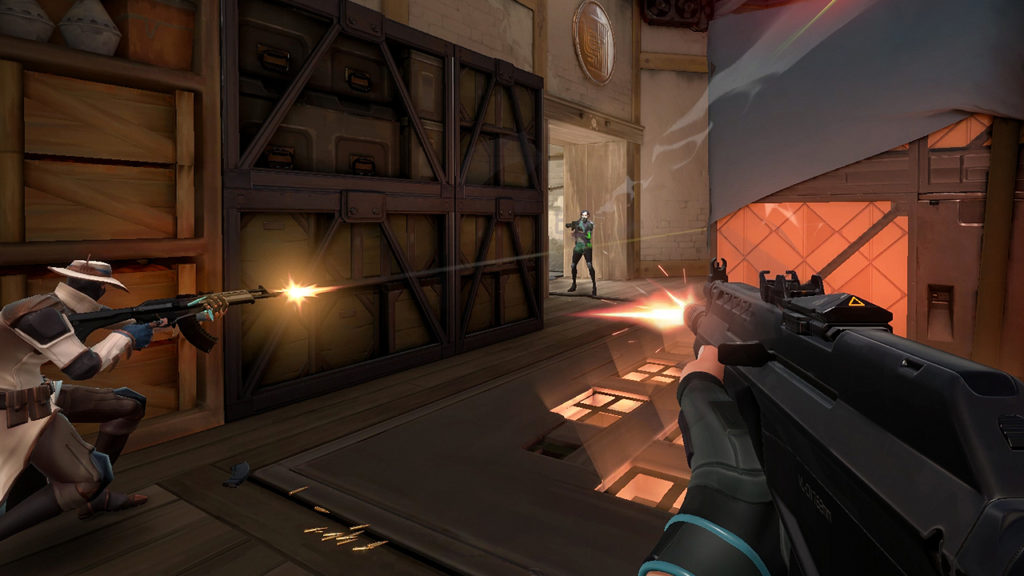
Every character has its own contribution in a match but Duelists can really be thrilling to play as most of them do have an ability to heal themselves and be overly aggressive. Let’s take Phoenix, for example. He can blind other players with his Curveball like a flashbang making them vulnerable. If he needs to heal, Phoenix can use his basic ability like Blaze, a literal firewall that damages players who go through it, and his signature ability, Hot Hands, to replenish his health. Aside from that, you can use both Hot Hands and Blaze offensively if you want to go all-out on eliminating other players.
You might also be interested in a character that plays as a support like Sage. She can use a Mercy-like ability that revives another player as her Ultimate, even put up an ice-based wall to prevent other players from passing through or use it to block the Spike from being defused, heal others, and even slowing players with her Slow Orb.
Hero-based shooters should always have something interesting about their character’s backstory to make them compelling and relatable. This is where Riot Games falls flat. I like Phoenix and Brimstone, but I want to know more about their past, and who they are aside from just the unique sets of abilities they have. Why do Reyna and Sage have magical powers? These questions should’ve been answered by some animated shorts, but who knows? Riot Games might go to that direction like what Apex Legends and Overwatch currently have.
Grinding and doing daily activities, completing challenges unlock different Agents and collectibles like player cards, weapon skins, and spray designs. Even if you only have 5 Agents to select from, the amount of time Riot Games spent to balance the game is evident enough that you don’t notice any disadvantages aside from player skill.
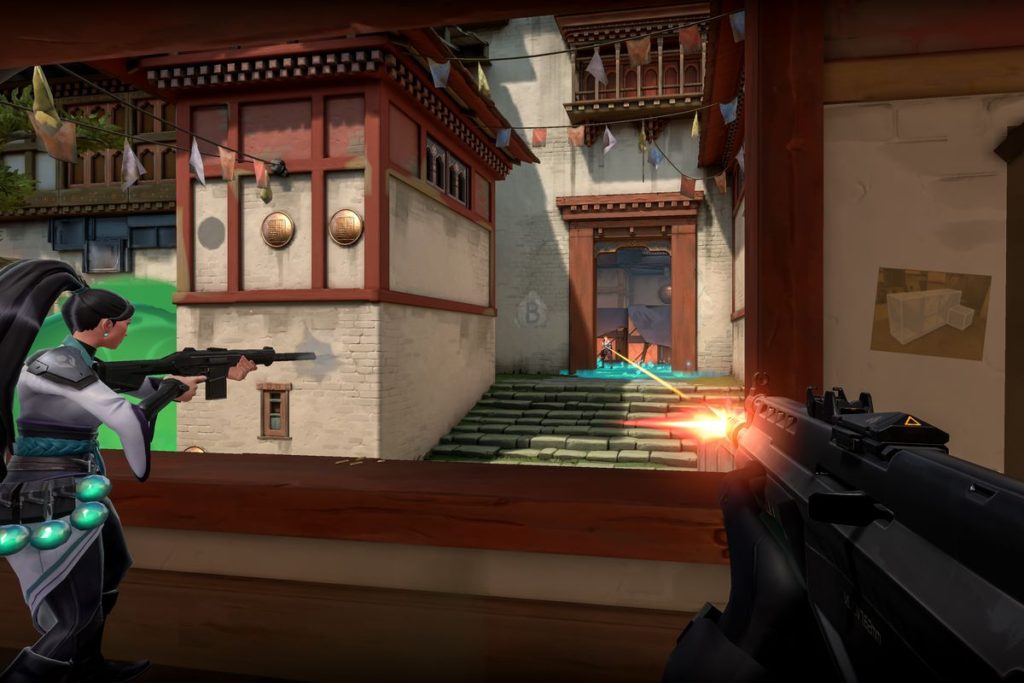
Game modes have the typical 5 versus 5 mode where one team is the attacker and the other team defends its bombsites. Players get to choose from Unrated, Competitive, and Spike Rush — the first two are your standard game modes the race to 13 wins with an obvious distinction of ranked or not. If you decide to just have fun with friends in a series of quick matches, Spike Rush double downs the rounds, having each member of the attacking team carry a bomb, and both sides get random weapon loadouts.
Across all modes, whether if you are assigned to the attacking team or not, the experience you get from each round can pump your thirst for winning. With the right amount of skill when aiming, controlling bullet spray, and tapping A and D to immediately stop the frame movement to get that straight shot makes securing that first kill so satisfying. You will not get enough of it with your Spectre sub-machine gun, and then another one with your Ghost pistol makes every kill gratifying as it makes you want for more.
Carried over from Counter-Strike is the shop system. Players will have to buy weapons and shields, and even abilities. Meaning, players will have to be wiser to ever spend so much or suffer the consequences of only wielding a pistol or an assault rifle with no body armor. Managing costs is definitely what Counter-Strike is well-known for in the competitive FPS scene, and Valorant makes eco-management refreshing by including its character abilities in the mix.
Valorant successfully made its core mechanics refined and enjoyable. This keeps players coming back for more competitive action as the skill ceiling slowly gets higher with having character-specific abilities mixed in. It might be a turn-off for casual players, but this is what makes Valorant pleasing when you get to win games.

Valorant is heavily optimized across different kinds of PC build. The studio made sure even the low-end builds can run the game even at low settings.
Playing Valorant on an AMD Ryzen 7 2700, RTX 2070 8GB, and 16GB of DDR4 RAM was a smooth-sailing experience. It didn’t have performance issues even streaming the game at the same time. We did some test runs on a gaming laptop that has a 7th generation Intel Core i5 with 8GB of RAM and a GTX 1060 6GB. The results were great at Medium settings.
Valorant made a rather old game formula fun that even myself can’t deny how delightful the sessions were. It manages to keep what makes the game fun and that’s its core gameplay mechanics. So even if you’re not a CS:GO veteran, worry not, because the skill-based matchmaking does its job right in placing you with players with the same level of performance and balances the teams.



